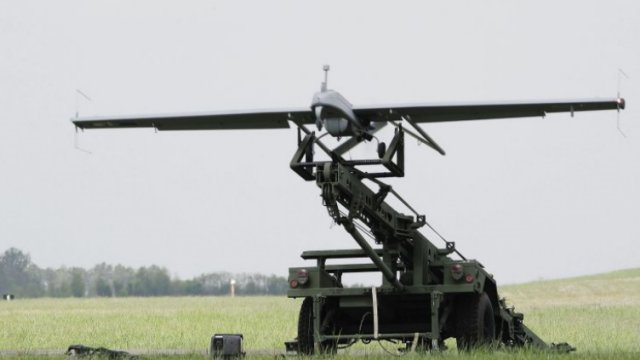The US Army has issued a new request for information (RFI) for a Block III engine for its Textron Systems RQ-7Bv2 Shadow tactical unmanned aerial vehicle (UAV).
The new RFI, which was posted on the Federal Business Opportunities (FedBizOpps) website on 3 March, adds to an earlier solicitation related to the programme management, production, reliability, and support of a Block III powerplant that was released in March 2016. This latest request calls for all of the testing results of any system that meets the army’s requirements.
As noted in the RFI, the Block III engine is being pursued to provide RQ-7Bv2 with a more reliable and lower life-cycle cost system, and to allow growth in the aircraft’s weight while maintaining performance. Requirements listed in the updated solicitation include a Technical Readiness Level (TRL) 8 maturity, as well as a meantime-between-essential-function-failure of 1,000 hours (compared to 269 hours for the incumbent UAV Engines Limited [UEL] 741-1102 powerplant) with 80% confidence. The army has previously said it requires also 500 hours between overhauls (compared to the current 250 hours), and the ability to run on heavy fuel.
Interested parties are requested to respond to the RFI no later than 1500 h EST on 3 April. Jane’s has been told by the US Army that it plans to hold a full and open competition, and that it expects multiple bidders to respond to the requirement. The service plans to order 200 units for retrofit and new-build aircraft.
The Block III powerplant for the RQ-7Bv2 Shadow is part of a wider US Army effort to improve the performance of its most numerous UAV (there are more than 200 in service). Other enhancements contracted over recent years include fuel system improvements, engine control unit communications failure correction, universal ground data terminal reliability improvements, tactical automatic landing system multipath fixes, GPS card initialisation correction, manned-to-unmanned teaming (MUM-T) technology insertions, automated/electronic operator checklists implementation, and a 2kW generator replacement.
Source: IHS Jane’s 360

